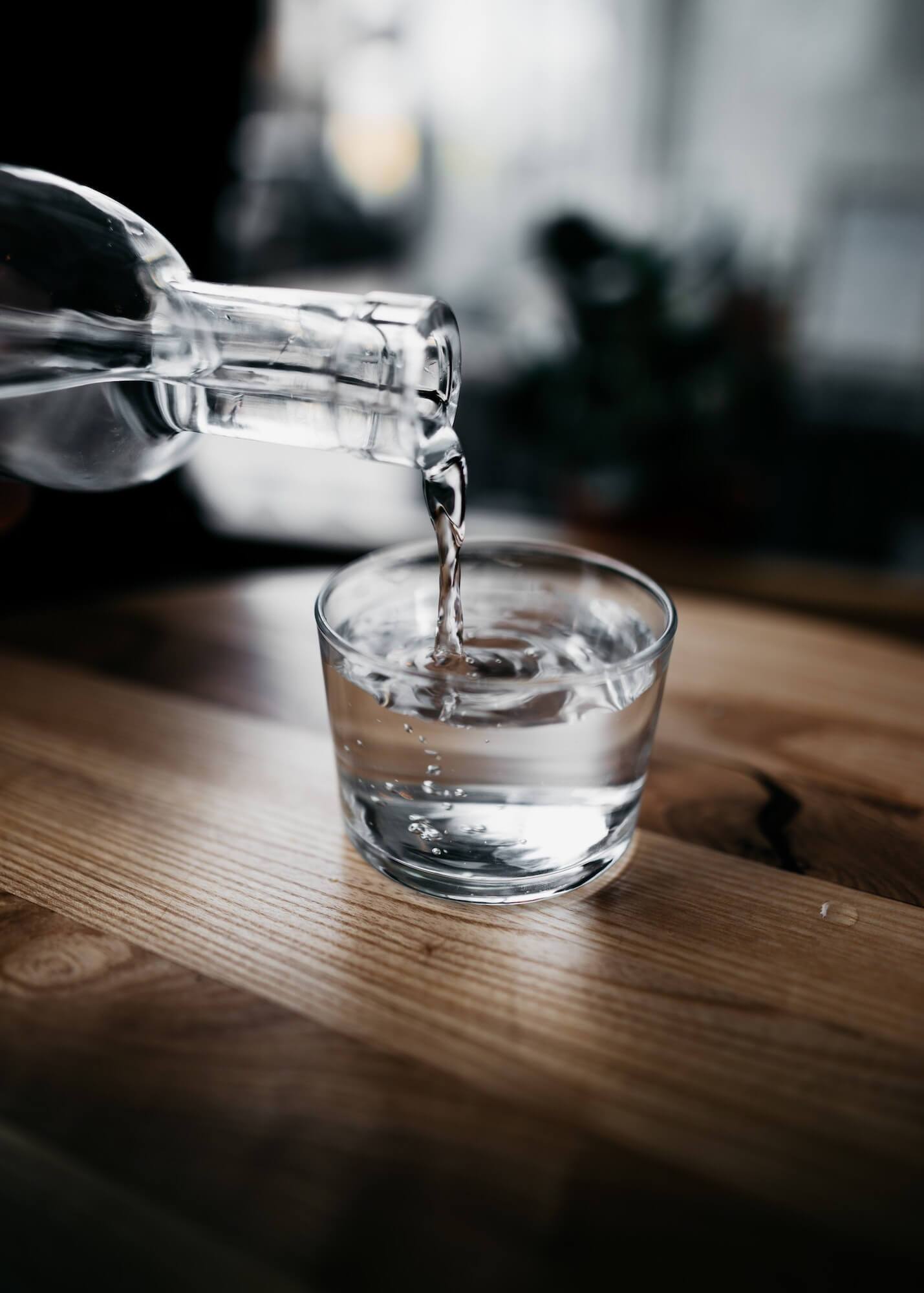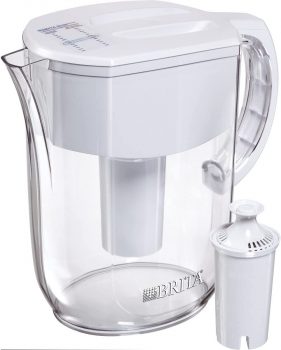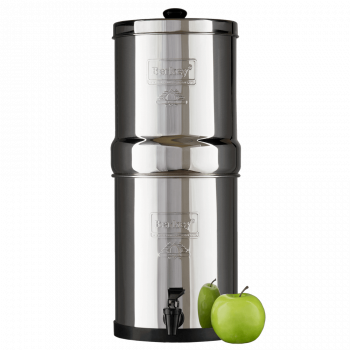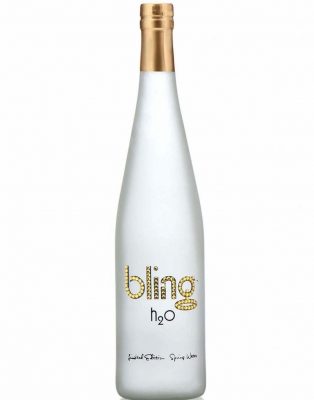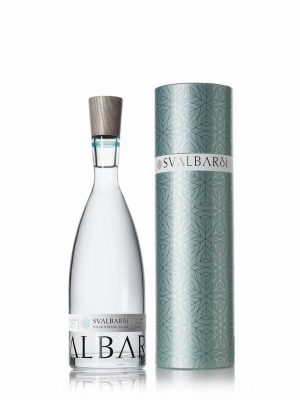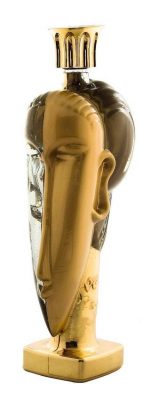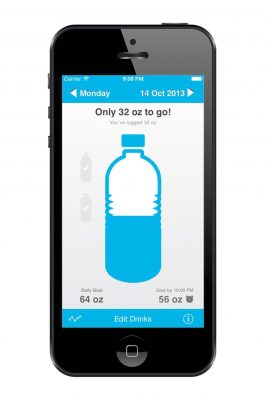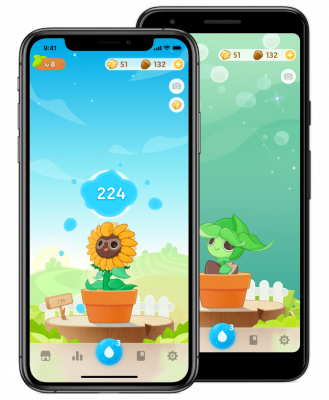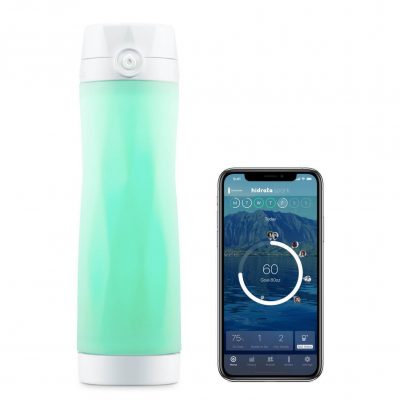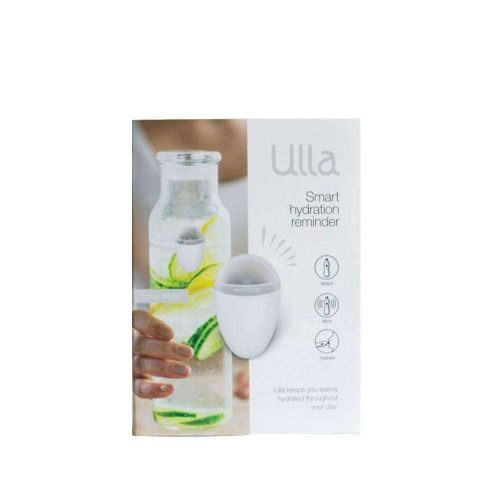Home Essentials
Stay Hydrated, Bro: The Best Water to Drink
We’re constantly being told that we need to drink more water. No meeting with a personal coach, family doctor, or well-meaning, nagging mother is complete without a reminder of that very fact.
It’s common knowledge that we need water to survive, yet a great deal of confusion remains about just how we should stay hydrated throughout the day. What is the best water to drink? Tap water, filtered water, or bottled water?
As well as simply staying hydrated, there are a number of health benefits associated with drinking water. But what is the best water to drink for health purposes? Is gulping down throatfuls of water from the gym drinking fountain better than a vitamin-enhanced bottle of supplement water? And just how much water should we really be drinking every day?
Table of Contents
How Much Water Should We Drink Each Day?
The common belief has always been that we need eight glasses of water per day to stay fully hydrated. Of course, that advice comes with a number of caveats — everyone’s body is different, and there isn’t a magical quantity that applies to all body types.
The Institute of Medicine recommends that men get 112 ounces (3.3 liters) daily. That figure includes water from food like fruits and vegetables, but it is considered the minimum amount for couch potatoes. If you’re keeping up with your workout regime during quarantine, you’ll need to drastically up that intake.
Tap vs. Filtered vs. Bottled
Whole industries have sprung up over the past few decades trying to convince us that tap water is unhealthy, and that the safest and tastiest option is buying either bottled spring water or a filter that removes tap water’s “impurities.”
Tap Water
Here’s the thing: most tap water is fine. Granted, the quality of the water you’ll get when you turn on your tap is subject to a number of factors outside of your control, from the state of your local water treatment plants to the quality of the pipes in your home, but in most circumstances, there is nothing wrong with drinking water from the tap. It’s also the most economical and environmentally sound option, perhaps making it the best water to drink.
The problem most people have with tap water (and water in general) is the taste. Most tap water around the world has fluoride added to it, which has a distinct flavour that brings to mind generally unappetizing locales like the dentist office or a public swimming pool. Still, there’s a reason most of us don’t lose all of our teeth by middle age anymore — fluoride has been found to have a tremendous impact on reducing cavities, so much so that the Centers for Disease Control and Prevention (CDC) named water fluoridation one of ten “great public health interventions of the 20th century.” Keep that in mind next time you grimace at the taste of your tap water — it’s still better than an unwanted trip to the dentist, making it the best water to drink in most situations.
Filtered Water
Brita is the undisputed king of water filtration systems. Available in the ubiquitous, oval-shaped pitchers for your fridge or in portable bottles for the gym or a commute, Brita uses a carbon filtration system to remove harmful contaminants like copper and mercury from your water. The filters have to be replaced every 2-6 months depending on the model, and higher end Brita models even include a digital readout telling you when it’s time to swap the filter out, perfect for those of us who excel at putting things off until the last minute. Best of all, Brita filtration greatly improves the taste of tap water, which should make it much easier for you to drink more throughout the day.
If a Brita filter isn’t getting you excited about upping your water intake, Berkey filters might be for you. Berkey is essentially a water cooler meets reusable water bottle. Instead of buying those giant 5-gallon plastic water jugs, just add tap water to your countertop Berkey and the purification element will do the rest. On average, they last five to seven years! If that wasn’t enough, alkalizing stones can be added to the bottom reservoir to naturally mineralize your water for up to five years.
Because it’s gravity-fed, it needs no electricity or water pressure to work, and it comes in a variety of sizes to suit your needs. And since it’s made with high-grade 304 stainless steel, it looks great, too.
Bottled Water
While you don’t need a guide to prominent filtered tap water brands like Dasani or Aquafina, below are some of the most extravagant options for the man who truly has everything.
Acqua di Cristallo Tributo a Modigliani
Bling H2O. A bottle of Bling H2O looks like a bottle of decent champagne, and retails for almost the same price. A 750ml bottle will set you back $40 for a taste of the American mountain spring water, bottled at the base of Palomar Mountain in Southern California. Given its opulent design and price tag, it’s no surprise that Bling H2O has become the luxury water of choice at spas and high-end restaurants across the country.
Svalbardi. If you really want to turn heads, grab a bottle of Svalbardi, the “ultra-premium iceberg water” that sells for just over $100 a bottle (free shipping though!). Svalbardi claims to not only be carbon neutral but carbon negative, claiming that each bottle sold “saves 100kg of the North Pole ice cap from melting,” which should warm your heart as you sip on some of the most expensive Arctic bottled water available.
Acqua di Cristallo Tributo a Modigliani. Look, sometimes you simply want to have the very best of something. If that sounds like your personality type and you have deep enough pockets, why not splurge on a bottle of Acqua di Cristallo Tributo a Modigliani, the most expensive bottled water on Earth? With spring water from Fiji and France ensconced in a 24-karat gold 750ml bottle, it will set you back $60,000, but it will definitely make for memorable dinner banter with the in-laws.
A Guide to When & How to Drink Water
Once you’ve decided on the best water to drink for you, you can experiment with variables like the temperature of your water and the optimal times of the day to get sipping.
Temperature. Drinking hot water has a number of additional benefits along with simply keeping you hydrated. Hot water has been found to help reduce nasal congestion (a must in the winter months), aid with digestion, and even help reduce stress. If the idea of sipping a cup of plain warm water feels a bit too geriatric, you can spruce it up with a spritz of lemon or lime to trick yourself into thinking you’re having a (warm and alcohol-free) cocktail.
While drinking warm water can be beneficial, there is no need to boil water unless a boil water advisory has been issued in your jurisdiction. Boiling water can remove dangerous biological contaminants that can wreak havoc on your digestive system. Most bacteria cannot survive past water’s boiling point of 160oF, so if there is a water boiling advisory in your area, boiling your water for one minute should be enough to remove any dangerous contaminants. Otherwise, there is no reason to boil water for health purposes, regardless of what your conspiracy-loving uncle has to say about it on Facebook.
Drink a glass of water before a meal. Now that you’ve narrowed down the type of water you’ll be consuming, a common question people have is about when they should be drinking water. A dismissive answer would simply be to drink when you’re thirsty, but there are a few simple tips that can help keep you hydrated and healthy.
Firstly, drinking a glass of water before a meal can help with digestion and also cut down on your hunger level, allowing you to eat less and feel just as full. If you’ve ever scarfed down too much at dinner and only realized once you’d completely obliterated your plate that you were actually over-stuffed, drinking a glass of water beforehand can be a big help in curbing those intense munchies.
Drink a glass of water when you wake up. Many of us head straight for the coffee when we get out of bed, but drinking a glass of water beforehand can help hydrate your body quicker. While there is obviously water in coffee, don’t forget that coffee is also a diuretic, so you don’t want to rely on your morning espresso to hydrate you after a full night of sleep.
Drink a glass of water before bed. Now, this one may be controversial, and it isn’t for everybody. If you have a particularly small bladder, downing a glass of water before bed might mean you’ll be spending half the night shuffling between your bed and the bathroom. Otherwise, try a glass of water before bed and monitor the results. Ensuring you are properly hydrated before calling it a night can result in better sleeping patterns, leaving you well-rested and ready for the day when your alarm kicks in, instead of tired and dehydrated as you play Whac-A-Mole with the snooze button.
Hydration Tech: There’s an App For That
Once you nail down how much water you should have per day (and the best time to drink it), there are a number of tools that can help you maintain your intake goals.
With many people working from home these days, our daily patterns have shifted considerably. While it may have been a habit to walk over to the water cooler throughout the day and chit-chat with your co-workers about last night’s HBO lineup, it’s a bit harder to remind ourselves to stay hydrated when we’re at home all day. Thankfully, there are a number of apps designed to do just that. Below are a few recommendations that are each available to download for free on Google Play and the Apple App Store with premium upgradable options.
Drink Water Reminder N Tracker
Hydration Apps
Drink Water Reminder N Tracker. With over 100,000 reviews on the Apple App Store and an average 4.5 rating, the Reminder N Tracker is one of the most popular apps to help you monitor your water intake. Best of all, the app is entirely customizable — it will set a personalized water goal based on criteria including your age, weight, and even the type of climate you live in. You’ll get a graphic display of your hydration level throughout the day with reminders if you start slipping, and there’s also an automatic bedtime mode to save you receiving reminders in the middle of the night.
Waterlogged. This app lets you set your daily water goal and will follow up with reminders if you start lagging. Simply enter your intake as you go and easily chart your progress throughout the day. Waterlogged also integrates with the Fitbit and Apple Watch in case you want to receive phone-free reminders and updates.
Plant Nanny. Now for something a little different. If you’ve developed a bit of a green thumb during quarantine, Plant Nanny might just be your ideal water tracking app. Every time you down a glass of water, log it in the app and you will see your animated plant grow. Skip your H2O for the day and your green buddy will start shriveling up. Saving that little guy could be just the motivation you need to fill up your next glass.
Hydration Gear
HidrateSpark 3 Smart Water Bottle. While water reminder apps are definitely convenient, they’re also fairly easy to ignore. If you want a stylish and functional way to remind yourself to stay hydrated, grab the HidrateSpark 3 Smart Water Bottle. Like an interactive and tech-savvy lava lamp, the HidrateSpark 3 bottle glows when you are behind on your water intake. For $60 via Amazon, there are three different light patterns to choose from, and the bottle can sync via Bluetooth to the company’s free app on your phone.
ULLA Smart Hydration Reminder. While it may look like a prop from James Cameron’s Aliens, the Ulla is one of the most innovative and flexible water reminder solutions we’ve seen. Simply attach the device onto your beverage holder of choice and it will blink when it’s time to get gulping. Priced from $25 via Amazon, the company boasts that its blinking technology was developed by the US Navy, so if it’s good enough for Maverick, it certainly gets a thumbs up from us.
FAQs
1. When is the best time to drink water?
There is no evidence of an optimal time of the day to drink water. Drinking water first thing in the morning can quickly hydrate you after a night’s sleep, and it can set you on track to keep drinking water throughout the day. Many have also found that drinking water before a meal helps them regulate their appetite and aid with digestion. The important thing is to keep drinking water throughout the day and remain consistent with it.
2. Does boiling water purify it?
Boiling water can remove dangerous biological contaminants that can wreak havoc on your digestive system. Most bacteria cannot survive past water’s boiling point of 160oF, so if there is a water boiling advisory in your area, boiling water for one minute should be enough to remove any dangerous contaminants. There is no reason to boil water for health purposes unless there is a specific advisory to do so in your area.
3. How much water should I drink while working out?
It is important to be properly hydrated before, during, and after your workout. The American Council on Exercise recommends drinking 17-20 ounces 2-3 hours before your workout, eight ounces about 30 minutes before you begin your workout, and approximately 7-10 ounces every 10-20 minutes throughout your workout. You should then drink another eight ounces following your workout. These are basic guidelines and will vary based on your body type and the intensity of your workout. Start with these recommendations and adjust as necessary.

